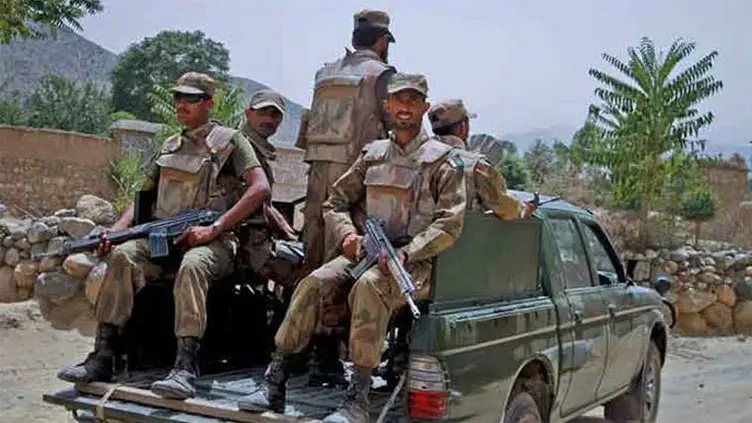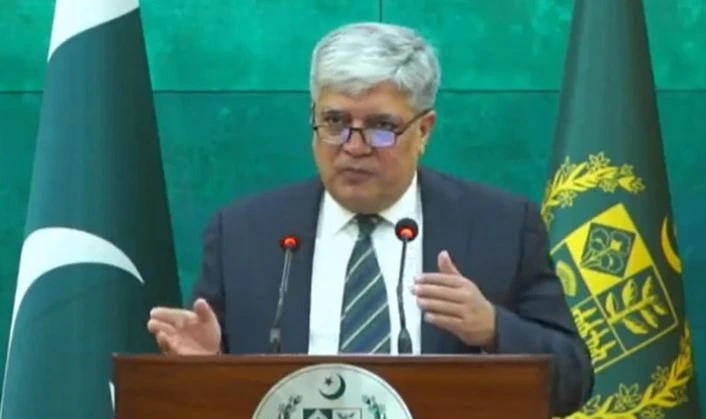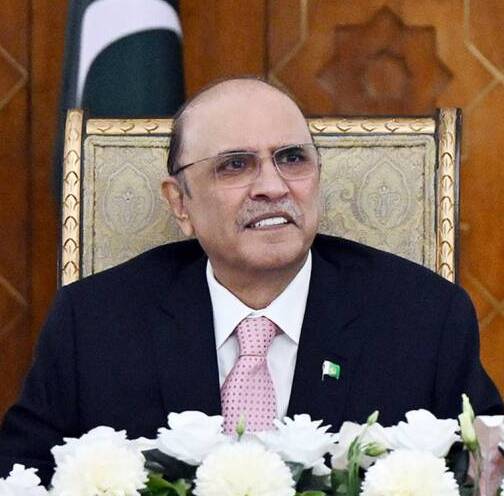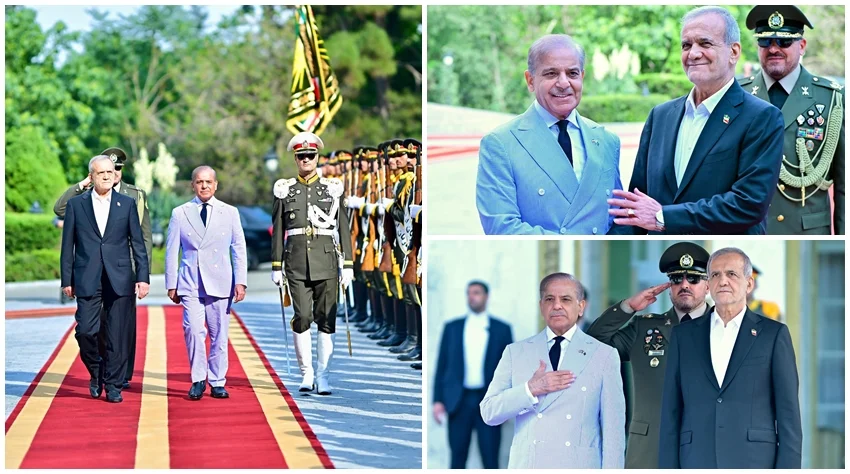
Diplomacy in Action: Pakistani Prime Minister’s Historic Visit to Iran
- Article
- May 26, 2025
- No Comment

Pakistani Prime Minister’s Historic Visit to Iran and Its Implications for Regional Stability
Introduction: A Defining Diplomatic Mission
In May 2025, Prime Minister Shehbaz Sharif of Pakistan embarked on a pivotal state visit to Iran, signaling Islamabad’s intention to deepen bilateral ties and reinforce its role in regional stability. The visit, marked by strategic dialogues and symbolic gestures, underlined a mutual vision for economic development, border security, and peace in the broader Middle East and South Asia.
While diplomatic exchanges between Pakistan and Iran are not uncommon, this high-profile visit came at a time when both countries were reassessing their positions amid shifting global alliances, economic turbulence, and renewed international interest in regional peace mechanisms.
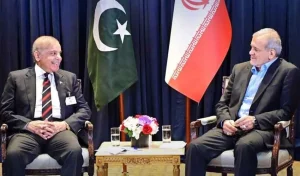
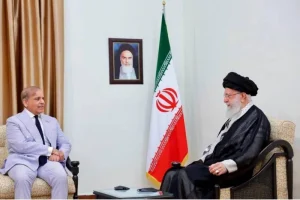
Historical Context of Pakistan-Iran Relations
After the creation of Pakistan in 1947, Iran was among the first countries to recognize its sovereignty. Despite fluctuations in their relationship due to political dynamics, both countries have consistently maintained diplomatic and trade links.
In recent years, border tensions and sectarian concerns had tested these relations. However, this visit aimed to reset bilateral trust and rebuild cooperation on new, mutually beneficial foundations.
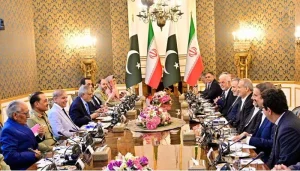
Key Highlights of the 2025 Visit
1. Strategic Welcome and Symbolism
Prime Minister Sharif was welcomed with full state honors at Tehran’s Saadabad Palace, where he met President Masoud Pezeshkian. The formal reception reflected Iran’s recognition of Pakistan’s strategic importance in regional politics.
The visual symbolism — flags fluttering, military salutes, and national anthems — was not just ceremonial; it was a deliberate reaffirmation of commitment to diplomatic friendship.
2. Trade Expansion and Economic Vision
One of the core themes of the visit was economic collaboration. Prime Minister Sharif proposed increasing bilateral trade from under $2 billion to an ambitious $10 billion annually. Pakistan expressed particular interest in importing electricity and natural gas, essential for its energy-strapped economy.
Iran reaffirmed its willingness to complete its part, while Pakistan explored new financing options to revive its segment.
Additionally, Balochistan and Sistan-Baluchestan provinces were spotlighted for cross-border development projects. Border markets, free trade zones, and agricultural cooperation emerged as new channels for boosting rural livelihoods and reducing smuggling.
3. Joint Security and Counterterrorism Initiatives
A recurring issue in Pakistan-Iran relations is cross-border terrorism and smuggling. Both nations have faced attacks on their security personnel from extremist groups operating near their borders.
In a joint declaration, both leaders agreed to enhance intelligence sharing, establish joint patrols, and implement modern surveillance technologies to monitor movement across the porous frontier. These measures are expected to reduce tensions and foster trust in border communities.
4. Regional Peace and India’s Role
A key diplomatic message from Prime Minister Sharif was Pakistan’s openness to initiating peace talks with India. Addressing the media in Tehran, he called for dialogue on all major issues — from Kashmir to trade to water disputes.
While this statement wasn’t directed at Iran, it used the regional platform to showcase Pakistan’s readiness for peace. It also sent a message to international observers that Islamabad was pivoting toward diplomacy over conflict.
This is particularly relevant given that Iran has historically positioned itself as a neutral regional actor. Pakistan’s outreach through Tehran could help build regional consensus for dialogue-driven resolutions.
5. Support for Iran’s Civilian Nuclear Rights
Pakistan, having its own experience with civilian and strategic nuclear development, reiterated its support for Iran’s right to pursue peaceful nuclear energy under the guidelines of the International Atomic Energy Agency (IAEA).
Prime Minister Sharif emphasized that nuclear technology for civilian purposes could benefit regional energy needs and technological advancement. This stance aligns Pakistan with other Global South nations advocating for sovereign rights in scientific advancement.
6. Palestine and Shared Stance on Global Issues
In a rare moment of public unity on foreign affairs, both leaders jointly condemned Israeli actions in Gaza and called for an immediate ceasefire and humanitarian access. This show of solidarity is important for the Muslim world, signaling shared Islamic concerns amidst global indifference.
The statement also had a unifying effect domestically within both nations, where pro-Palestinian sentiments remain strong across political lines.
Implications for the Region
1. New Era of Border Cooperation
If promises made during the visit are fulfilled, Pakistan and Iran could become models of cross-border collaboration in South Asia and the Middle East. Their cooperation would also serve as a counter-narrative to rising nationalism and isolationism in the region.
2. Challenges from External Powers
However, the visit also drew the attention of global players — particularly the United States and Gulf nations — wary of any regional realignments involving Iran.
The risk of secondary sanctions looms large, especially if Pakistan revives energy projects with Iran.
3. Economic Rebalancing in the Region
The push for trade corridors linking Pakistan with Iran, and potentially extending toward Central Asia via Afghanistan, could serve as an alternative to China’s BRI (Belt and Road Initiative) monopoly. Such trade channels could open up marginalized regions and diversify economic dependencies.
Conclusion: Diplomacy with Purpose
Prime Minister Shehbaz Sharif’s visit to Iran was more than a ceremonial exchange — it was a calculated effort to revive and strengthen a relationship that has the potential to redefine regional cooperation in Asia. The diplomatic messages were clear: Pakistan is ready to trade, talk, and partner — with Iran and with the wider region — for a more stable and prosperous future.
Whether these promises turn into practical outcomes will depend on political will, regional stability, and how well both nations navigate external pressures. Still, the 2025 visit will be remembered as a strategic turning point in Pakistan-Iran relations.


